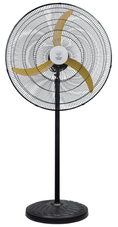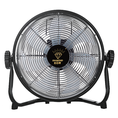At Reviewed, we've rigorously tested the majority of top-selling cooktops and rangeson the market—including many induction models. Let's dig into the numbers.
In our labs, we record the time it takes each burner to bring six cups ounces of water to boiling temperature. Among all the gas ranges we've tested, the average time-to-boil is 8 minutes, 34 seconds, while radiant electric cooktops average 5 minutes, 47 seconds. But induction is the clear speed king, averaging a blistering 3 minutes, 7 seconds. And the newest induction cooktops can boil even faster.
In the course of testing, we also compile data on the temperature ranges of gas, electric, and induction burners. On average, induction cooktops reach a maximum temperature of 665.5°F, compared to just 428°F for gas. While radiant electric cooktops can get hotter—741.8°F on average—they take a lot longer to cool down when switching from high to low heat.
Induction ranges have no problem cooking low and slow, either. Turn an induction "burner" down, and—on average—it goes low as 100.75°F—and newer induction cooktops and ranges can go even lower. Compare that to gas cooktops, which can only get down to 126.56°F.
While we've found that radiant electric cooktops can get down to as low as 92.2°F, they lack the precise temperature control required for more delicate tasks. For induction, it's no problem. Induction’s direct heating doesn't fluctuate, so you can maintain a steady simmer without burning the food.

With induction, you don't have to spend too much time cleaning up. Since the cooktop itself doesn't get hot, it's easy to clean. "You don't get a lot of baked-on food when you're cooking," says Paul Bristow, product manager for cooktops at GE Appliances.
















